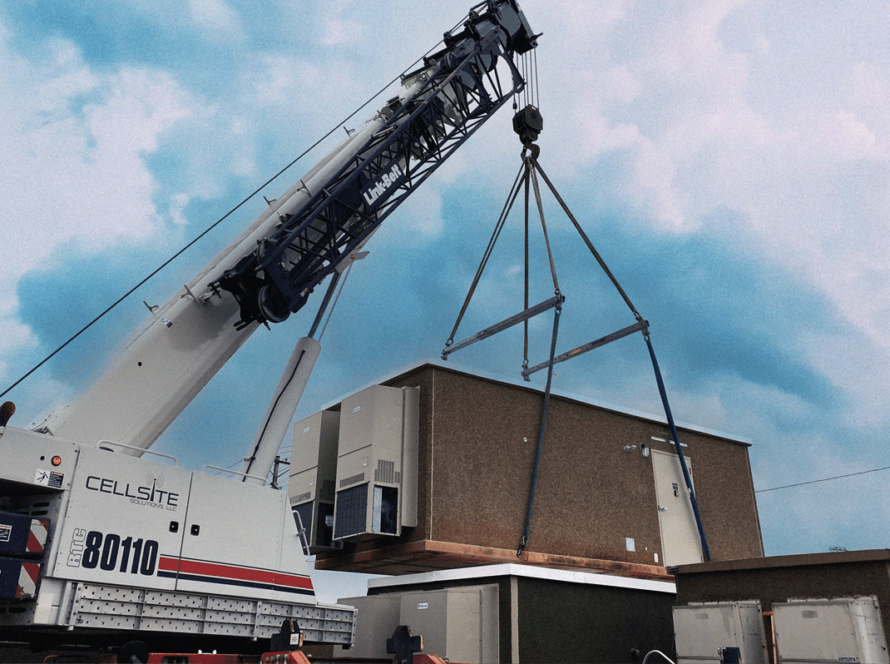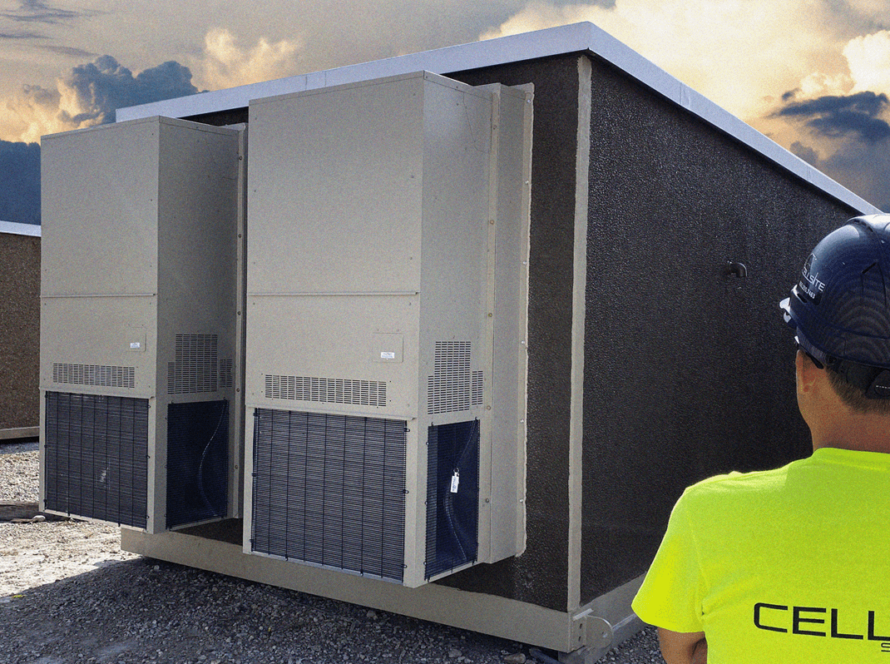Running an efficient telecommunication network requires careful consideration when it comes to the equipment inside of their infrastructure. This includes managing the Inside Plant (ISP) aspect that internally resides inside each communication shelter. Understanding what ISP is and how it is used is crucial for telecommunication professionals looking to streamline their operations and improve network uptime. Let’s explore ISP in telecom shelters and provide a comprehensive guide on what it is, what it does, and how to manage it.
Inside Plant, What Is It?
Inside Plant or ISP for short refers to the equipment inside the telecom shelter that is responsible for managing the data traffic in and out of a location. The term “ISP” originally referred to the exchange of information within a building, but it now refers to equipment used in inside plant applications. This can include various components such as ladder racking, cabinets, cable routing pathway management, electrical equipment, copper and fiber optic cabling, fiber optic splicing enclosures, optical distribution frames, switches, routers, power supplies such as power distribution units (PDU) and uninterruptible power supply (UPS), and cooling systems. The backbone of data transmission relies heavily on the critical infrastructure housed in telecommunications buildings. Though modest on the exterior, these humble structures conceal cutting-edge optical technology that ensures the network’s peak performance.
The primary purpose of ISP is to manage and distribute telecommunications services within a facility. This includes internet, data, voice, and multimedia services. The equipment must be capable of maintaining the network’s uptime and performance while continually monitoring and managing network traffic. Additionally, ISP equipment must be able to minimize network downtime and increase data transfer rates. In terms of components, the ISP in fiber huts involves cables and optical fiber connections alongside signal distribution units, amplifiers, and multiplexers. A typical ISP setup will also involve a patch panel which is used to connect communication links in the fiber hut. This patch panel is essential when maintaining and monitoring the network.
An aspect of telecom shelters often overlooked is the temperature and humidity control necessary to ensure optimal equipment performance. High temperatures and moisture levels can affect the performance of inside plant equipment in telecommunications shelters. It is necessary to manage the temperature, humidity levels, and airflow inside the shelter to avoid equipment overheating and sun damage while keeping the equipment running as efficiently as possible. This can be accomplished by installing a single or dual HVAC system to the telecom shelter in order to regulate the internal temperatures and keep the electronic equipment cool when he inevitably heats up with continued use.
The main purpose of having telecommunication hubs that house ISP equipment is to provide the backbone to support wireless and fiber broadband services.
Wireless: As wireless technology advances, higher bandwidth support for both fixed and mobile wireless endpoints is now a reality. The proliferation of wireless radios has resulted in a growing demand for a robust fiber distribution network that can support these endpoints.
Middle Mile Regeneration Shelters: An efficient middle-mile fiber network is essential for regional internet service providers to establish a connection with the larger internet. The backbone must be expertly planned to ensure that there is an adequate supply of broadband for everyone.
Unlocking the Power of ISP
The management of inside plant equipment within a telecom shelter is an essential part of correctly operating a telecommunications network. Understanding the components involved in an ISP setup and how they function, ensuring a stable environment for optimal performance, and constant monitoring of the system is essential to keep a communication network running smoothly. By familiarizing yourself with ISP’s basics, telecommunications professionals could ensure the network up-time and minimize downtime.
At CellSite Solutions, we’ve established a far-reaching network of suppliers to ensure that our partners always have access to the right inside plant equipment for their project requirements. From sourcing to installation and maintenance, we specialize in remanufacturing reliable network infrastructures, including fully customizable telecom concrete shelters to house ISP equipment. We understand that uninterrupted power equipment and connectivity play a vital role in eliminating network downtimes. Our team of seasoned experts boasts extensive experience in the ever-evolving industry and cutting-edge technologies. They understand how communities, organizations, and government entities function and can provide the support you need to take your network to the next level. Partner with CellSite Solutions, and let us help you keep your network up to speed.
Download FREE eBook
Explore innovative strategies for enhancing energy efficiency in telecom shelters, covering insulation, advanced HVAC, and free cooling solutions. With technical guidance and cost-benefit analysis, it equips telecom operators and engineers with practical solutions for sustainability and cost savings.




